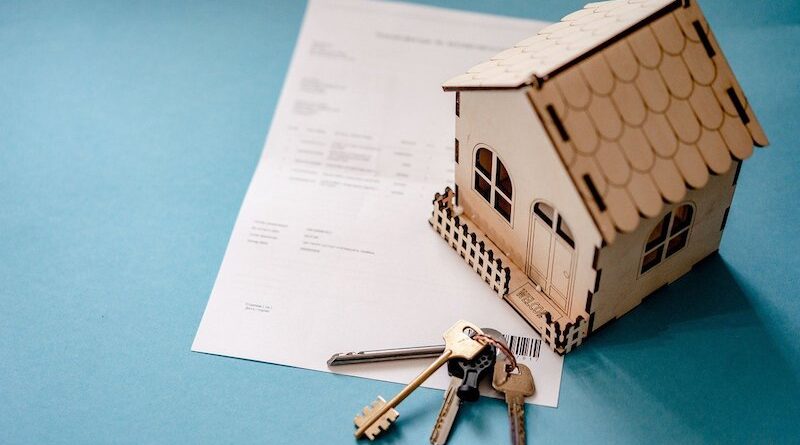How Are Second-Home Markets Performing?
According to John Burns Research and Consulting, in 2024, year-to-date second-home sales showed positive momentum. The trend seems counterintuitive amid sky-high prices and elevated interest rates. However, an upward trajectory emerged when we examined second-home trends1 in wide-ranging destinations. Our sample includes coastal communities, wine country, mountains, and desert retreats. We’re betting this is the first time you’ve seen the Big Island of Hawaii and Atlantic City, NJ, on the same graph, but their trends are correlated.
The rise in second-home purchases in late 2020 is easy to explain. Favorable interest rates, a strengthening stock market, and a work-from-anywhere lifestyle fueled demand.
Something different is happening now. We believe baby boomers are moving the needle with their affluence. The S&P 500 reached record highs in 2024, and boomers (born between 1946 and 1964) massively benefitted from these gains. This group controlled about 52% of US wealth, or about $76.2 trillion by 2023.2 That number is even higher today.
The conventional definition of baby boomers describes anyone born between 1946 and 1964. However, someone born in 1948 can have very different perspectives and priorities than someone born in 1962. To articulate these differences, John Burns Research and Consulting defines generations by decade born. Boomers fit our categories of Achievers (born in the 1940s), Innovators (born in the 1950s), and Equalers (born in the 1960s).
Defining generations by decade born allows us to separate the ways boomers influence second-home demand. Younger boomers (born in the 1950s and 1960s) are purchasing second homes with the wealth they amassed while working. Some older boomers (born in the 1940s) are transferring wealth to heirs who buy second homes for current generations to enjoy. Most Americans aged 55+ favor the idea of “giving while living.”3 Distributing estates while alive causes earlier wealth transfer from individuals born in the 1940s.
Second homes appeal to boomers because they represent family gathering places. According to surveys, around 70% of individuals in the US aged 55+ report memories shared with their loved ones as their most important legacy.3 The New Home Trends Institute found that over 40% of individuals born in the 1950s and over 50% of those born in the 1960s would move to live close to family.4 These moves are discretionary, driving second-home and primary-home sales alike.




